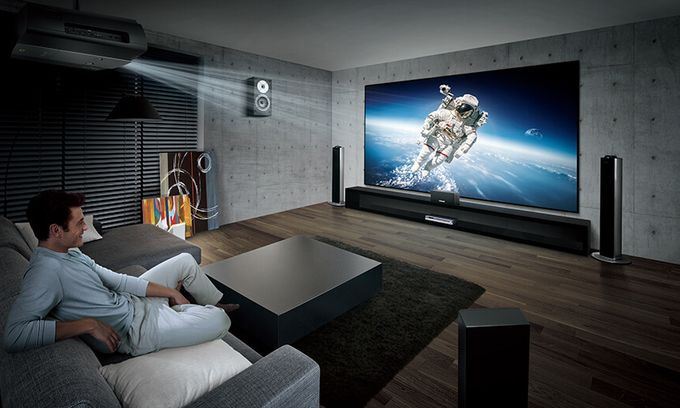The annual expansion of the model range has long been an important component of successful competition for industry leaders. Of course, the Taiwanese BenQ is no exception. Last year, the company introduced superb gaming BenQ X3000i 4K LED projector with new DMD chipset. In fact, it has become an improved version of popular BenQ X1300i 1080p. The list of new products for 2023 is wider and includes:
– mid-focal HT2060 1080p, GP500 4K, and flagship HT4550i 4K with 4LED light source;
– mid-focal BenQ HT3560 and TK860i 4K with Metal Halide bulb light source;
– announced BenQ V5000i 4K UST with ALPD 4.0-based triple-laser RGB light engine.
Judging by the new technologies in the latest models, BenQ rightly claims to be among the leaders in innovation. For example, latest BenQ LED projectors use a brighter 4LED light engine with an additional pump LED.
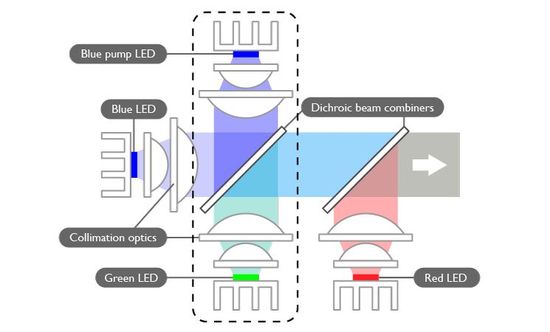
CinematicColor, Local Contrast Enhancer, HDR-Pro, Dynamic Tone Mapping, MEMC, HDR10+ support, Android TV dongle incluted and on-board Android OS, 24p playback and treVolo-tuned chamber speaker complete the bonus list, for example, flagship HT4550i. As a result, new BenQ projectors offer superb value for money.
The new flagship BenQ HT4550i is of particular interest. Similar to TVs, it uses local-dimming zones for the first time to enhance contrast and can be positioned as a new generation model.
Specs
The HT4550i 4K can be positioned as an improved version of the popular BenQ HT3550, which costs $ 2,000 today. Superb color accuracy, great video processing, 3,200 ANSI lumens brightness and 100% DCI-P3 coverage with 4LED light engine, HDR10+ support, vertical / horizontal lens shift and certified Android TV streaming make it one of the most innovative among mid-focal models.
It has a last year’s Texas Instruments 0.65-inch DMD DLP chipset. As known, the company first used it in gaming BenQ X3000i. Chipset supports 4K UHD (3,840 x 2,160) resolution with four-phase pixel shifting, which is called XPR (Xpanded Pixel Resolution) technology. Its operation principle is simple and elegant:
– 1080p chipset with 2 million micromirrors divides 8 million pixels of a 4K image into 4 parts of 2 million;
– DMD sequentially reproduces 4 images in 1080p resolution, shifting them diagonally by half a pixel relative to each other;
– our vision and brain ignore the micro-delay between four 1080p images, perceiving them as one.
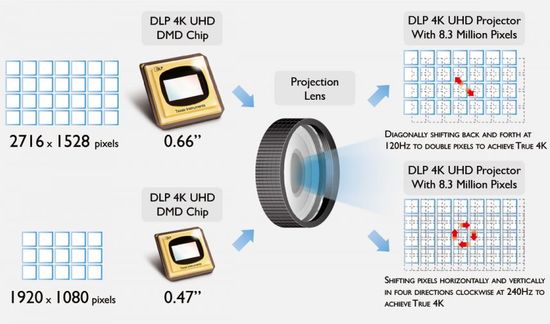
Pixel shift is carried out by tilting the lens using 4 electromagnets of the XPR module.
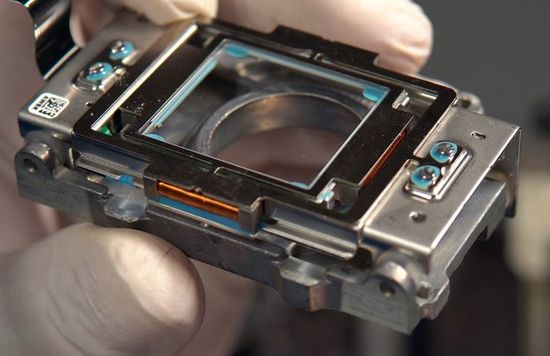
An LED (RGGB) light engine with an additional green LED is very efficient. In testing, its brightness even exceeds its claimed 3,200 ANSI lumens, reaching ~3,400 ANSI lumens in the brightest picture mode. Unfortunately, it traditionally has a green bias and does not support the color temp correction. However, the balance of other modes is almost perfect.
The company specifies 2,000,000:1 contrast with dynamic light source dimming. In addition, the SmartECO function that adjusts the power depending on the content, further enhances contrast. But its native contrast ratio is only 900:1 (FOFO), which of course affects image quality.
Technologies and modes
Video processing:
– BenQ Cinematic Color technology with a Wide Color Gamut (WCG) filter provides 100% DCI-P3 and Rec.709 color space coverage. Testing also shows superb out-of-the-box color accuracy;
– BenQ’s HDR-Pro technology enhances contrast with HDR tone-mapping performance. Also, HDR-Pro is used to select 5 different HDR brightness levels for 5 different screen sizes.
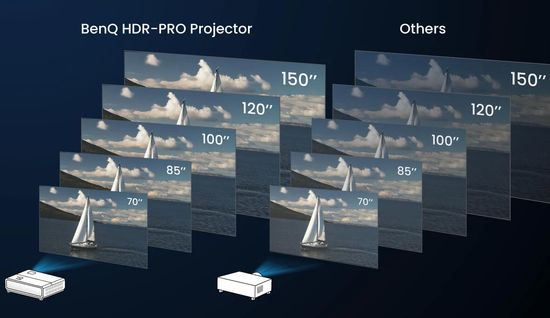
– Local Contrast Enhancement with 1000+ local dimming zones. Depending on the content, the algorithm optimizes the bright and dark details in each zone.
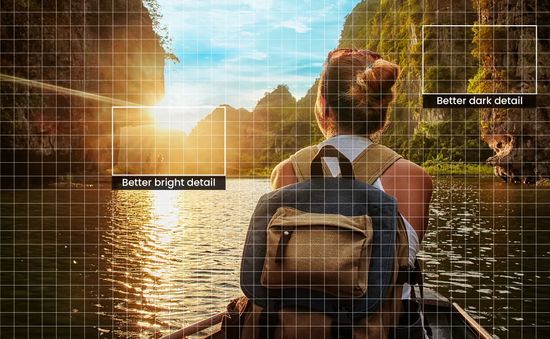
Together with Dynamic Black dynamic contrast, they improve performance in HDR scenes, maintaining a higher APL (Average Picture Level). It reduces image detail clipping compared to traditional tone-mapping;
– HDR10+ dynamic frame-by-frame tone-mapping support is automatically enabled by HDR10+ signal, which simultaneously disables the Local Contrast Enhancer. as a result, the image has goog color luminance and saturation, while maintaining a fairly high APL;
– 11-point white balance control + standard 2-point controls + Filmmaker Mode provide superb color accuracy and max image realism.
Like most current BenQ projectors, the HT4550i supports 3D with DLP-Link glasses. Given the high brightness and minimal crosstalk, it will deliver many enjoyable hours to fans of this format.
BenQ 24P True Cinema motion enhancement effectively reduces judder in 24 Hz film sources.
For content up to 4K@60 Hz, the projector uses MEMC (Motion Estimation and Motion Compensation) frame interpolation.
Finally, the Fast Mode feature reduces input lag in games to 19ms for 4K/1080p@60Hz, 22ms for 1080p@120Hz, and 11ms for 1080p@240Hz.
Color Modes
HT4550i offers 12 picture modes, including two ISF modes that work with the ISF unlock code only. As known, this picture mode enables a completely independent adjustment of the TV picture depending on ambient lighting.
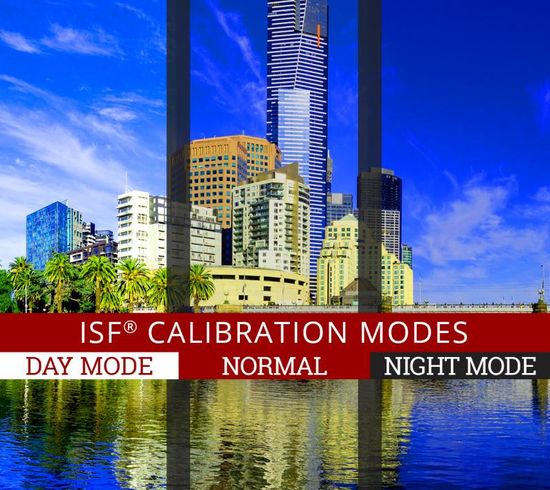
The wide range provides a choice of mode with optimal settings for any content. Bright, Bright Cinema, Cinema, Filmmaker Mode, and User are available for both formats, ISF Day and ISF Night modes are for HDR only. In addition, HT4550i supports HDR10, HDR10+, Filmmaker Mode and HLG modes for HDR content. Finally, its own dedicated Picture Mode is designed for 3D content. Certain settings, including WCG Filter in Filmmaker Mode or Local Contrast Enhancer in HDR10+, cannot be changed.
But the adjustment of some settings requires experience. For example, WCG improves color accuracy but reduces overall brightness by 35-40%.
In all modes, the brightness decreases between NORMAL – CUSTOM 100 – ECO – SMART ECO:
– Bright ~3,400 – 2,500 ANSI Lumens;
– Bright Cinema, Cinema, HDR10 and Filmmaker (HDR)~1,900 – 1,400;
– Filmmaker Mode, User, HDR 10 (WCG) and Filmmaker (HDR / WCG) ~1,200 – 860.
Without calibration, Cinema and Filmmaker modes are optimal for SDR format. Cinema without WCG filter is brighter, but Filmmaker is more accurate. But despite the superb calibration ‘out of the box’, the company provides ample opportunities for perfectionists. The list of settings includes:
– standard 2-point white balance control;
– 11-point white balance control (10-100% / 5%), which is blocked when ISF modes are activated;
– standard CMS for control colors with Hue / Saturation / Brightness sliders.
Switching from Wide to Telephoto lens position with 1.3X zoom lens is accompanied by a ~25% light loss. The brightness uniformity is great for an LED light engine and reaches almost 85% for 100-inch diagonal.
Key Features
HT4550i comes with BenQ’s QS02 Android TV dongle that is placed in a hidden rear compartment.
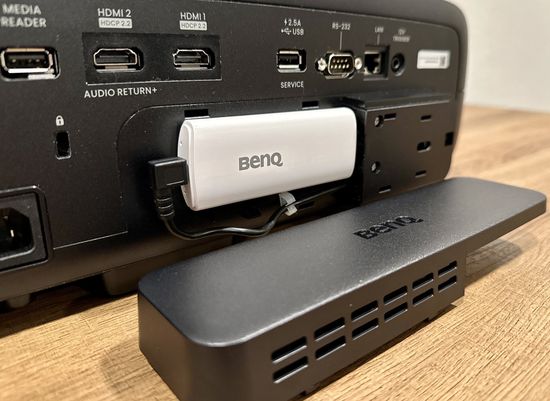
It connects to mini-HDMI input and micro-USB (power). Unlike QS01, it offers WiFi 6, BT5.0 (Bluetooth), AV1 video format, HDR10+, HDMI cable connection and can be used as a USB reader. In addition, QS02 supports wireless display casting, Chromecast on-board, Google Voice Assistant and Google Play Store.
Unfortunately, the dongle does not track content format, using HDR by default. As a result, all SDR content to display in HDR. To solve this problem, the company recommends manually setting the Color Space to 8-bit in Android menu. But in this case, going back to HDR would require a similar reverse adjustment, which is troublesome and inconvenient. Therefore, QS02 dongle is not suitable for everyone. When viewing a large amount of SDR content, an external streaming device may be more convenient.
Android TV setup lasts a few minutes. A dedicated Android TV remote provides a navigate and is used for quickly launch authorized Netflix app, YouTube, Prime Video, Disney+, etc.
Installation adjustments include:
– 0-60% vertical adjustment range and a ±15% horizontal shift;
– 2D keystone adjustment – ±30° vertical / horizontal keystone.
The keystone is simpler and faster, but lens shift is preferable because keystone can violate image integrity.
The built-in 5W mono treVolo-tuned chamber speaker and five Sound Modes, including one user with a 5-band EQ, are sufficient for most. But music lovers can improve it with a soundbar, AVP-based system or Bluetooth speaker.
Fan noise is slightly higher vs specs, but does not exceed 35-40 dB, which corresponds to a whisper and does not interfere with viewing.
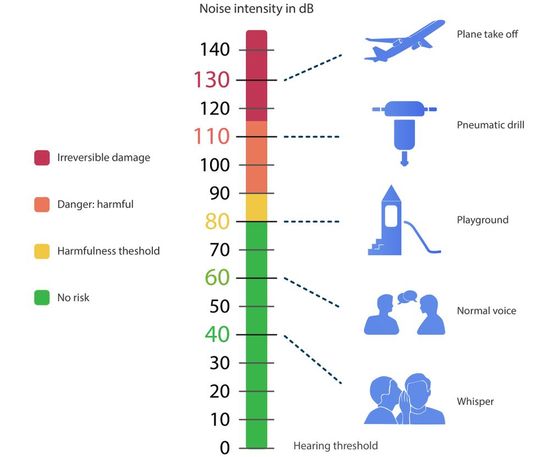
Conclusion
Pros
– very accurate color;
– 3,200 ANSI lumens brightness and 100% DCI-P3 color gamut with 4LED light engine;
– superb video processing;
– 11-point grayscale controls;
– ISF modes;
– low input lag;
– 3D support;
– QS02 AndroidTV streaming dongle with authorized Netflix app;
– vertical / horizontal lens shift;
Cons
– high launch price;
– low native contrast;
– HDR mode for SDR content by default with QS02 dongle.
The HT4550i became the first LED projector with local dimming zones and can be positioned as a latest-gen model. This technology has excellent prospects. As known, miniLED-based local dimming has increased the contrast of Samsung Neo TVs to the level of OLED panels. Of course, the HT4550i is unlikely to compete with LCoS (Liquid Crystal on Silicon) technology. It’s currently used in JVC D-ILA (Digital Direct Drive Image Light Amplifier), Sony SXRD (Silicon X-tal Reflective Display) and Canon AISYS (Aspectual Illumination System) models. They provide perfect black by effectively blocking light due to the tiny width of the gaps between the liquid crystals. But their price starts at $ 6,000.
However, the $ 3,000 launch price also seems very high. In fact, mid-focal HT4550i is only $ 500 cheaper vs announced BenQ V5000i UST 4K ($ 3,000 vs $ 3,500), which offers:
– UST (Ultra Short Throw) design;
– triple-laser light engine (95% of BT.2020);
– 100″ Fresnel-based ALR screen;
– AndroidTV 11 interface;
– 40W treVolo sound system.
This video introduces the BenQ HT3550i which became the prototype of HT4550i.
